Retro Replay Review
Gameplay
Archipelago shines as a 3D puzzle experience, challenging players to remove color-matching cubes from a rotating tower. The core mechanic — left-clicking on clusters of two or more cubes to clear them, and right-clicking to add new blocks — feels intuitive yet deceptively deep. As the tower spins, more cubes continuously accumulate, placing pressure on the player to strategize quickly and efficiently.
(HEY YOU!! We hope you enjoy! We try not to run ads. So basically, this is a very expensive hobby running this site. Please consider joining us for updates, forums, and more. Network w/ us to make some cash or friends while retro gaming, and you can win some free retro games for posting. Okay, carry on 👍)
Each level tasks you with removing a specified number of cubes, displayed prominently at the top of the screen. This goal-oriented structure allows for short, focused sessions, yet also opens the door for marathon play when you chase higher removal counts. Failure comes swiftly once the tower breaches the ceiling, making every decision critical.
Thematic islands serve as both aesthetic backdrops and gameplay modifiers. In Lightning Island, for instance, the tower’s rotation intermittently pauses, forcing you to adapt your clicking rhythm. Other islands might introduce varying spawn rates or color palettes, ensuring that no two stages feel the same. This variety keeps the gameplay loop fresh and encourages you to revisit earlier islands with new strategies in mind.
Compared to classics like Breakthru! and Super Collapse!, Archipelago adds a three-dimensional twist that heightens both the visual appeal and tactical depth. Rotating the camera angle around the tower becomes second nature, allowing you to spot hidden clusters and plan multi-layered collapses. The balance between adding and removing cubes keeps your finger poised over both mouse buttons, making every playthrough a test of dexterity and foresight.
Graphics
The visual presentation of Archipelago is crisp and colorful, with each island’s nature theme influencing the palette and ambiance. Lush greens and earthy browns define Forest Island, while icy blues and frosted whites set the tone for Tundra Island. These thematic choices don’t just look good—they help players quickly identify the current stage and anticipate any special rules.
The 3D tower model rotates smoothly, and the cube textures feature subtle gradients that distinguish individual blocks even when clusters form densely. Particle effects—such as a brief shimmer when cubes vanish—add a satisfying flourish to each successful move. On higher-end PCs, you can enjoy anti-aliasing and ambient occlusion options that sharpen edges and enhance depth perception.
Performance is generally solid, though pushing the game to its highest graphical settings on older hardware can result in occasional stutters during rapid block spawns. Thankfully, the settings menu allows you to dial back rotation smoothness and texture detail without compromising the core visual clarity. This ensures that gameplay remains responsive, even when many cubes appear on screen at once.
While Archipelago doesn’t aim for photorealism, its stylized visuals strike a fine balance between readability and artistic flair. The rotating tower feels substantial and immersive, and each island’s backdrop—whether it’s a stormy sky or a serene waterfall—contributes to an engaging atmosphere that complements the puzzle action.
Story
As a puzzle game, Archipelago doesn’t boast a deep narrative, but it weaves a light thematic thread throughout its islands. You traverse a chain of nature-inspired realms, each representing an elemental aspect like water, lightning, or flora. This loose storyline frames your progression and gives context to the shifting mechanics you encounter.
Between levels, brief title cards and ambient sound effects set the mood rather than deliver exposition. You get just enough lore to feel like you’re unlocking new territories of an uncharted archipelago, but the emphasis remains squarely on the puzzle challenges. For many players, this minimalist approach feels just right—it avoids bogging down the experience with irrelevant cutscenes.
In moments when the rotation stops on Lightning Island or when vines briefly snake around the cubes in Jungle Island, you sense a playful narrative flourish. These touches hint at unseen elemental forces at work, making the puzzles feel part of a larger, living world rather than isolated brainteasers.
Overall, the story in Archipelago acts more like an inspirational backdrop than a driving force. If you’re seeking complex characters or branching plotlines, you might be underwhelmed. However, for puzzle enthusiasts who appreciate a light thematic thread to guide their progression, the world-building here provides a pleasant and coherent setting.
Overall Experience
Archipelago delivers an addictive blend of quick-thinking puzzle action and soothing island aesthetics. Its 3D tower mechanic adds a refreshing twist to a well-worn genre, encouraging players to develop spatial awareness and rapid decision-making skills. The balance between block removal and addition ensures that every play session feels dynamic and engaging.
Replay value is high: with multiple islands to unlock, each introducing unique rules and visual styles, you’ll find yourself returning to earlier levels to optimize performance or simply enjoy a relaxed clearing spree. Leaderboards or personal best trackers can heighten competitiveness, though the core gameplay remains satisfying even in solo practice.
Some minor performance hiccups on older systems and the absence of a richer narrative may deter those seeking a story-driven adventure. Yet for dedicated puzzle fans, Archipelago stands out with its polished visuals, tight controls, and well-paced difficulty curve. It strikes a rare harmony between easy-to-learn mechanics and room for mastery.
Whether you have a few minutes to spare or an hour to dive deep, Archipelago offers a compelling puzzle playground. Its thematic islands, smooth 3D rotation, and rewarding block-clearing action make it a must-try for anyone looking to expand their puzzle game library with a fresh, nature-infused twist.
 Retro Replay Retro Replay gaming reviews, news, emulation, geek stuff and more!
Retro Replay Retro Replay gaming reviews, news, emulation, geek stuff and more!
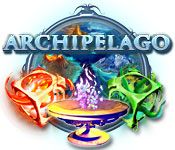
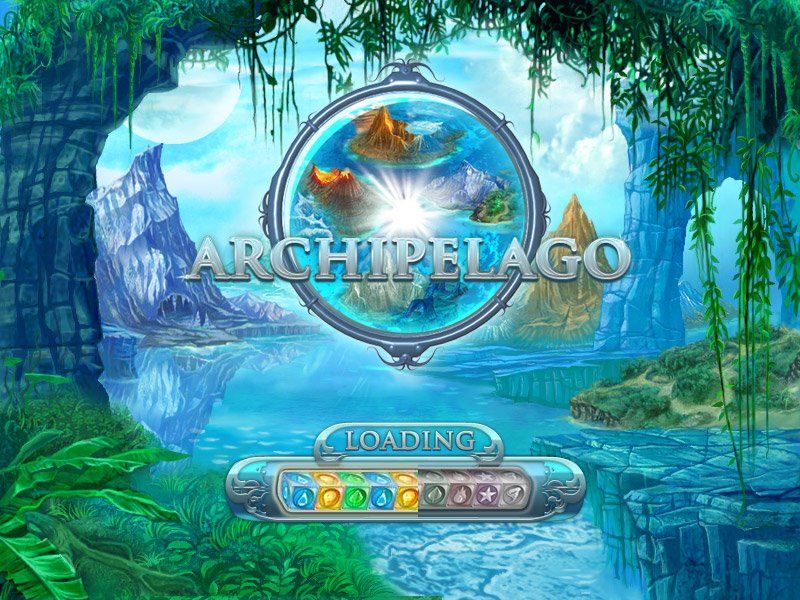
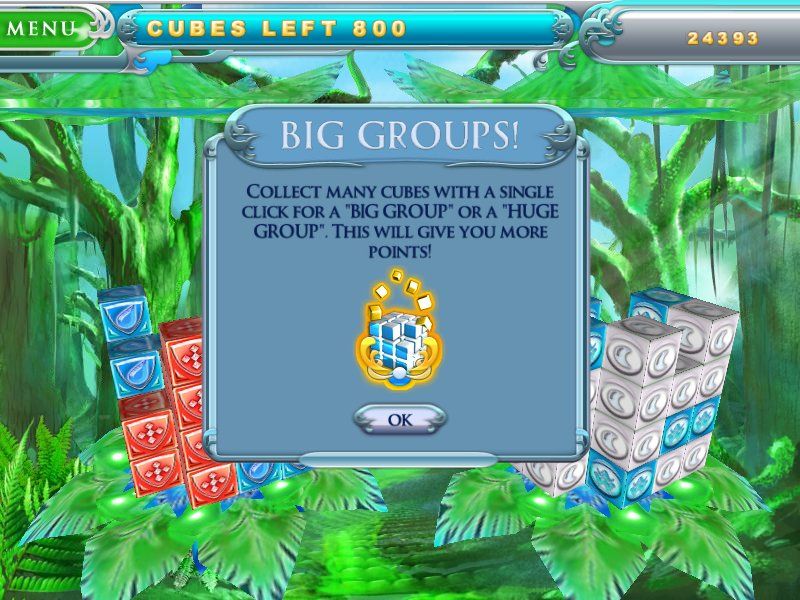
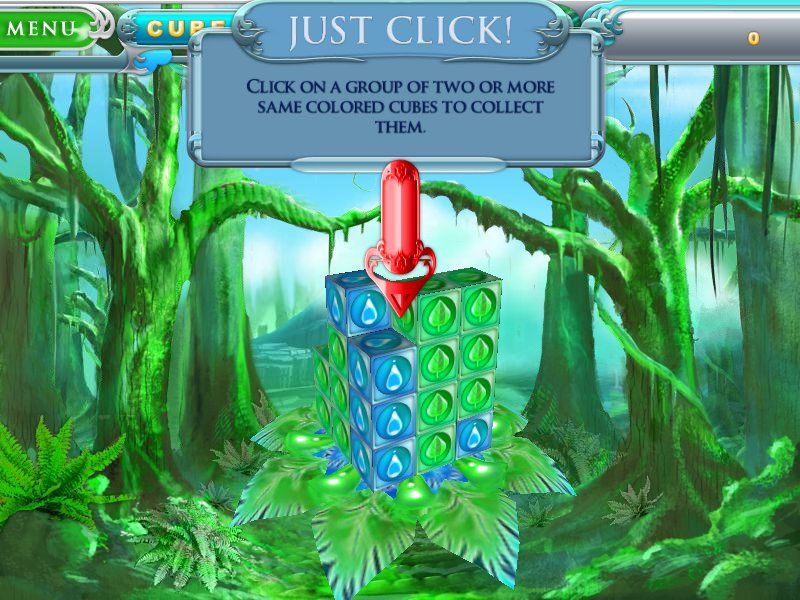
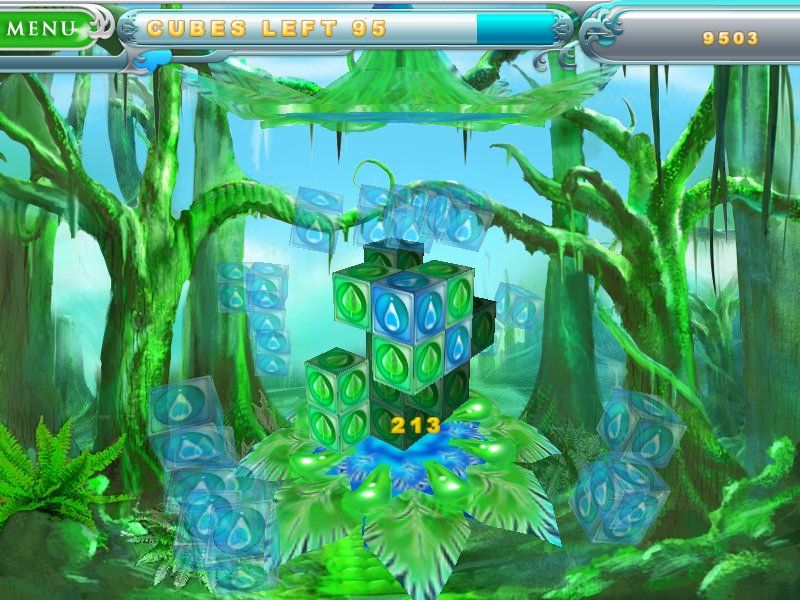
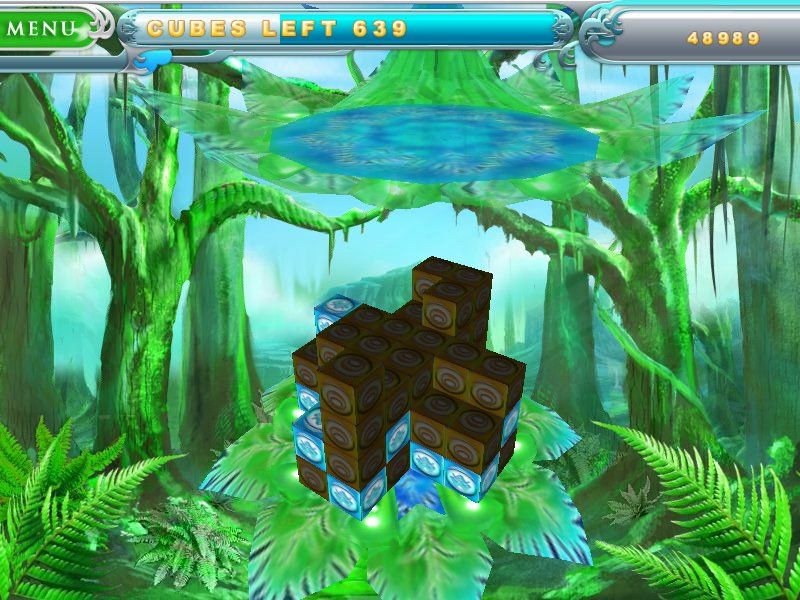



Reviews
There are no reviews yet.